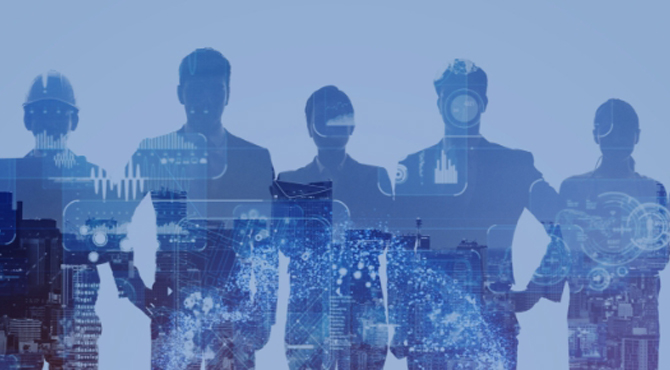Credit Saison is aiming to become a corporation that leads the digital age, offering up the CSDX VISION to innovate and convert business with digital technology.

Credit Saison is aiming to become a corporation that leads the digital age, offering up the CSDX VISION to innovate and convert business with digital technology.
Credit Saison has offered up the CSDX VISION and is promoting a digital transformation.

To achieve CSDX VISION, optimize the digital platforms and digital development processes, and create new value and business collaboration by utilizing digital technology and data.

CSAX strategy

We are speeding up the promotion of DX on a company-wide basis by pushing forward with both an AI-based operational reform and the development of human resources We are developing a mechanism for increasing efficiency and creating value and developing an environment where each employee can fully utilize AI.
Business Creation

We aim to offer customer experiences that go beyond expectations by developing services and products that utilize digital and tangible strengths.
Business Collaboration

We aim to exchange personnel and create ecosystems with venture corporations as an open innovation strategy.
Digital Development Process

We aim to create a company-wide digital transformation structure to utilize digitally savvy personnel and accelerate the exchange of personnel and knowledge with the digital and IT departments and the shift to becoming a digital organization.
Digital platforms

We actively employ new uses of the cloud and continue to transition existing systems to the cloud while also strengthening our coordination with external systems.
Held on September 19, 2025 Strategy Briefing